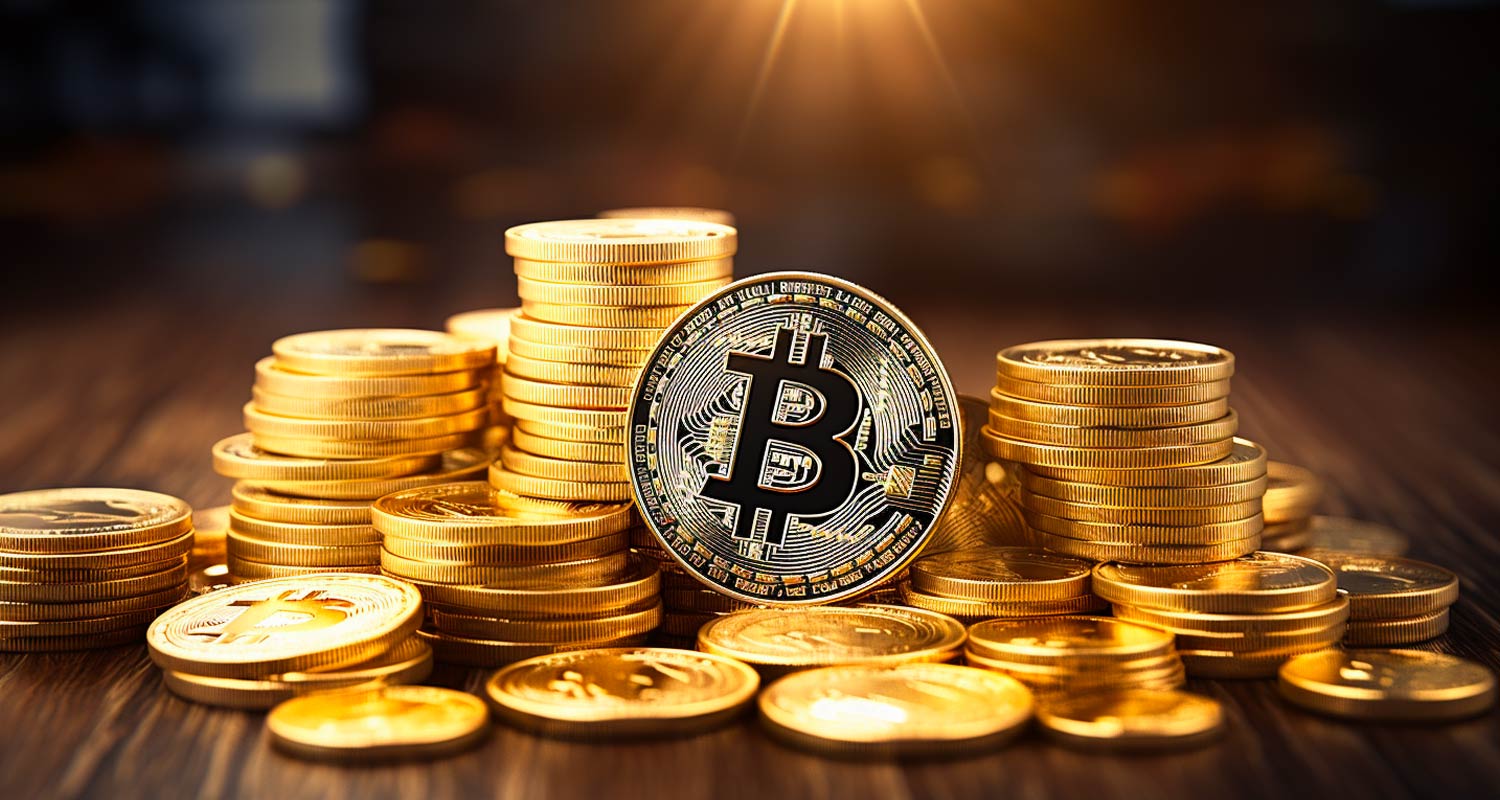
Two big things have happened in the crypto world this month: a public validation and a semi-private snub. Both of them bode poorly for its future.
The official validation came in the form of the US Securities and Exchange Commission approval of a bitcoin ETF, which will make it easier for speculators to invest in bitcoin. The slight came at this year’s World Economic Forum, where bitcoin — or any cryptocurrency, really — was clearly on the outs. Last year, crypto was everywhere in Davos. This year, the star of the show was artificial intelligence.
These may seem like contradictory developments: On one hand, a bitcoin ETF legitimises crypto as an asset class. On the other, the annual jamboree of the elite establishment has all but banished the crypto community. Yet both are indicative of the fact that, as an asset class, crypto has gone fully mainstream — which means it has peaked.
To be fair, crypto has defied expectations thus far. Its price soared even though it was never clear what its value was. As Eugene Fama, the father of modern finance, recently said: “Unless it becomes a widely used medium of exchange, bitcoin should eventually implode. The alternative is that all I learnt from monetary theory about how currencies acquire value is meaningless.”
He has a point. Cryptocurrencies don’t pay dividends, and a currency that is not backed by a government has no intrinsic value, because it has no claim on real assets. The technology may have worth as a way to facilitate payments. But that is not enough to justify its current value.
True, any specific coin is in finite supply. In theory, this should make it a hedge against the dollar. But many things are finite supply — Franklin Mint collectibles, for example — and no one thinks they are worth billions of dollars. Besides, it is hard to argue that even bitcoin, the most established of the coins, is a good hedge of anything when it is so volatile. It is much more volatile compared to the dollar (the asset it is meant to hedge) or to the stock market, which is a better inflation hedge.
Edgy and rebellious
Investing in crypto to hedge dollar risk is like flooding your house to insure against the chance of a fire.
The best use case appears to be in the black market or in a country with a failing currency. That was always the appeal. Crypto was edgy and rebellious, something outside the mainstream, and maybe it could be used as insurance against the remote chance the entire US economy would fail (but not so completely that it wouldn’t be able to provide the computing power to access your digital wallet).
In this sense, becoming mainstream is the kiss of death. Bitcoin is now a regulated asset that can be bought on an exchange. So, what’s the point now? There is nothing edgy or rebellious about an SEC-approved ETF.
Read: Bitcoin’s ETF hangover
And the market is slowly imposing its brutal reality. The price of bitcoin has fallen with each step towards the mainstream. The first CBOE bitcoin futures started to trade in December 2017; the Coinbase IPO was in April 2021, and now there is a bitcoin ETF. You would not expect the price to fall with a normal asset, since each of these developments should attract new buyers and improve liquidity. But the opposite happened.
 The recent decline, of about 20%, is being blamed on technical reasons or high fees and bankrupt FTX selling its assets. But the price of crypto falls every time it becomes more accessible for two reasons. First, being traded on public markets means more information is incorporated into the price, and markets are saying it is not worth much. Second, the very fact that crypto is now a mainstream asset changes its initial value proposition; it is no longer part of the “outsider” asset class that would overtake a major government function.
The recent decline, of about 20%, is being blamed on technical reasons or high fees and bankrupt FTX selling its assets. But the price of crypto falls every time it becomes more accessible for two reasons. First, being traded on public markets means more information is incorporated into the price, and markets are saying it is not worth much. Second, the very fact that crypto is now a mainstream asset changes its initial value proposition; it is no longer part of the “outsider” asset class that would overtake a major government function.
Bitcoin’s price may never implode, as Fama predicts, and there might even be a few more price spikes ahead. But this is no longer the bitcoin of 2021. And its decline since being traded on public markets does appear to validate the efficient-markets hypothesis that made Fama famous. Going mainstream has revealed its true value. Now it is just another asset class, about as exciting as a bond fund, but much more volatile and with far less ability to diversify its risk.
Speaking of mainstream: what could possibly be more ordinary than being snubbed at the World Economic Forum? It has gone from the solution to all our problems to just another dull asset. — Allison Schrager, (c) 2024 Bloomberg LP




